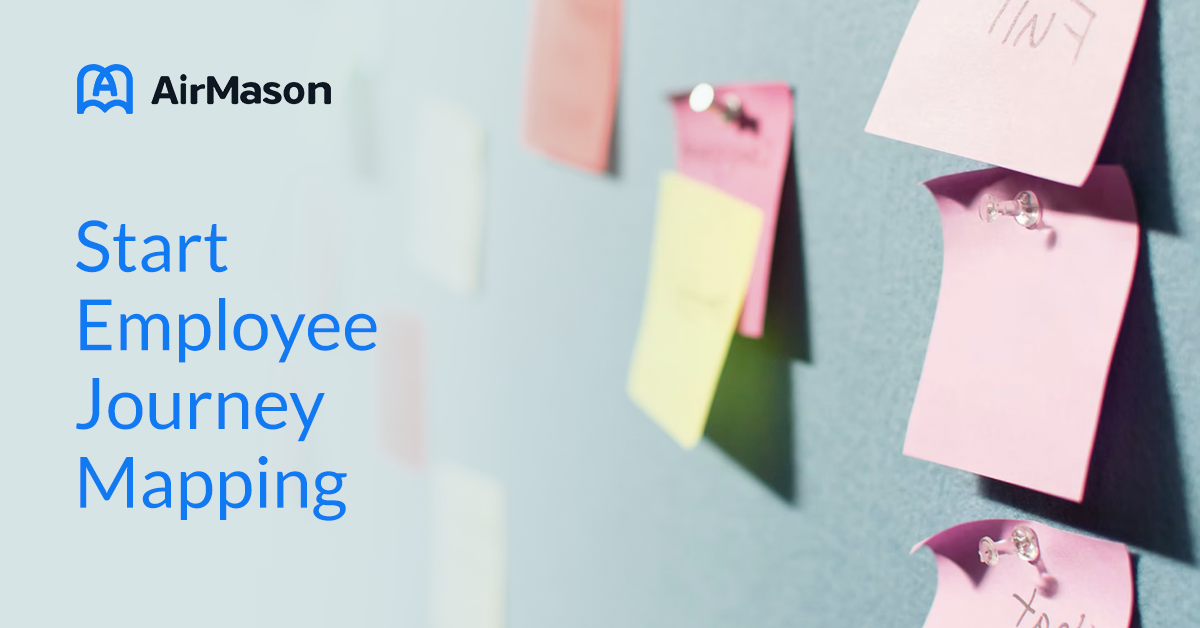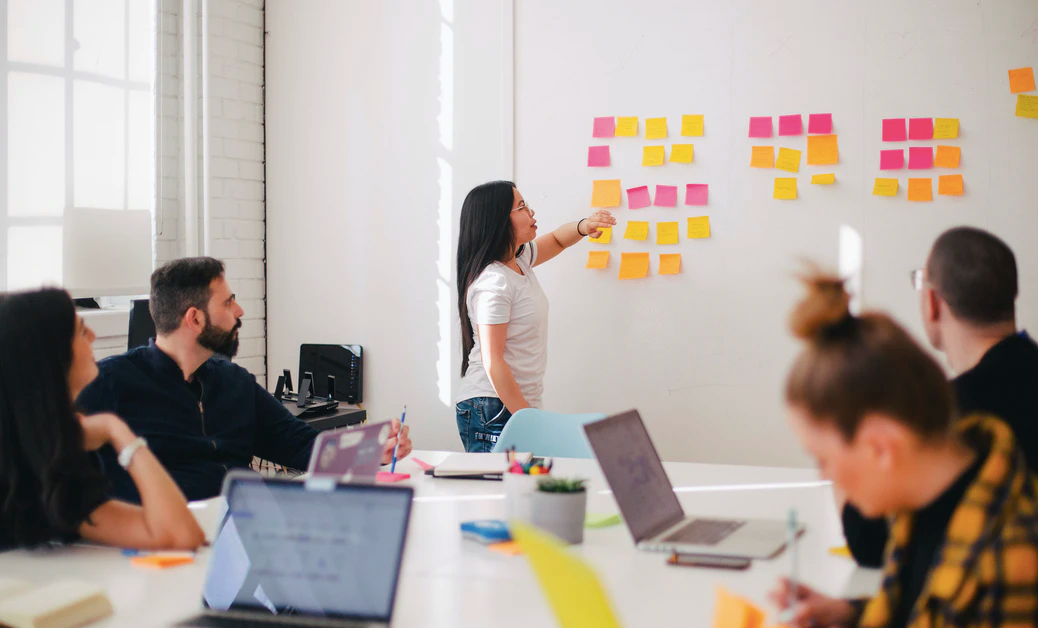
Have you ever thought about mapping out what your employees journey at your company looks like?
It seems strange when you don t know how or where to start, but mapping out the journey of past and present employees helps improve the experience of future employees. By understanding how long the onboarding process takes and when employees reach their maximum efficiency and output, you can begin to understand how to make your employee experience that much better. As well as understanding when they face burnout or potential departure from your company and why can help you understand the natural flow of your company s employee journey.
On average, every year, a company will experience an 18% turnover in its workforce. For a business, that can be a lot of people and very expensive! For companies experiencing turnover, the main way to improve this percentage is by spending the time to focus on understanding why this turnover is happening in the first place – the root of this issue. At highly engaged companies, the annual high performer turnover rate on average is 3%. In best-in-class companies, this number is near zero.
Hiring and onboarding new employees are expensive – wouldn t it be much better if you were able to maximize employee performance and increase employee tenure? By mapping out your employee journey, you ll get a much better grasp and understanding of the employee flow at your organization, while also learning about what areas to change and improve. This means your company will forever be in a cycle of positive growth where you re one step ahead.
Speaking of increasing employee tenure, one of the best ways to do this is to focus on employee engagement and employee experience. This starts with the onboarding process! By using AirMason, helping your employees get engaged at the very start of their employment is the best way to ensure that they feel like they belong and stay for as long as possible. Take a look today at considering what is best for your onboarding and employee engagement.
Mapping out past employees
More likely than not, turnover has already affected your organization in one way or another. Because of that, one perfect opportunity to start mapping employee journeys is taking a look at the trajectory and path that past employees have taken. An employee s journey oftentimes can vary depending on their role at work, however, with employee journey mapping it s possible to zone in on every part of an employee’s time at your company.
It s commonly known that employees go through several different stages of work at their time with a company. For example, most commonly an employee will transition from the onboarding segment of their employees into the introduction of their actual work phase.
When looking at your past employees, are there any patterns that keep popping up? Don t be afraid to dig deep into recurring problems employees at your company face – this is the only way to improve. Some of the patterns that you can look for include:
- Average tenure
- Average onboarding length
- The peak of company production
- Beginning of production decline
- Etc.
For many organizations, patterns will appear that can teach them a lot about the current structure of their organization. You might be able to find details you would have never seen otherwise! For example, finding out that all of your accountants generally only last 3 years at your company but peak in their first 6 months means you can follow up accordingly by approaching what worked best at the start of their journey compared to beyond.
As mentioned in G2 s article regarding employee journey mapping, Employee journey mapping is not only beneficial for an employee s professional and personal development, but also for an organization s success. The key experiences of your employees are precisely the ones you should track to gauge your company s success in talent acquisition and retention.
Start employee journey mapping now with current employees
Now that you ve been able to take a look at how your past employees journeys have started and ended, it s time to use this to reflect on your current employees. With your current staff, there must be employees who are performing better than others, and certain employees who may be eyeing new opportunities.
Using your knowledge of past employees journeys – where would your current employees be if they re on the same path? Which employees might be close to leaving and what can you do to prevent it? Which ones might be at their current peak – how can you keep it that way?
As part of your employee relations, it s your responsibility to identify these questions and understand how they apply to your current employees. Before taking the time to plan out changes and developments within the organization, you need to take a step back and observe the current state of your workplace. Making your workplace somewhere employees actually want to work does wonders for your company – shocking right?
Taking note of the positives and negatives present within your company and actively searching for ways to build on the employee experience is a great first step. Don t be afraid to ask employees what can be improved on or what s working for them – they re the foundation of your company. Through direct input and open communication, you can maintain healthy and thriving workplace culture.
Improve your current employee journey – don t be afraid to try new things
I m sure that with the mapping exercise you ve identified areas of your workforce and the employee journey that needs to be improved. With that in mind, it s time to reflect on the current company structure and understand what about the company is causing tension within the employee journey. Remember – there are always things that can be improved on.
Many things can be looked at and analyzed within an organization. Some of the key aspects to take a look at include:
- Current onboarding process
- Company Culture
- Employee Engagement and Employee Experience
- Benefits and policies offered to employees
- Growth and development opportunities offered
- Areas of conflict within the workplace
Whatever the source of turnover is in your organization, it s essential to create a plan to tackle these problems head-on and improve the current employee engagement and overall quality of work life. You won t regret putting in the time now to benefit your employees futures – ultimately benefiting the future of your company.
Here at AirMason, we re experts when it comes to taking a look at onboarding, employee engagement and employee experience. We focus on helping organizations build employee handbooks that revolutionize their organization and boost tenure astronomically. Your employees deserve a handbook that keeps them focused and engaged the moment they re hired! 
The future of your employee is the future of your company
We hope that taking the time to look and understand the employee journey has helped you learn more about your organization and the impact it has on your employees and productivity. By taking the time and effort to build out a thoroughly improved employee journey, you ll see the change in employee tenure and avoid the stress and time involved in hiring replacements. After all – building a strong team of employees you know you can rely on only makes coming in to work that much easier.
Here at AirMason, we help you keep your employees engaged and boost your employee experience from the minute your onboarding starts. We know how difficult getting employees engaged is, that s why we re here! Join thousands of other companies around the world by using AirMason and booking a free demo today by clicking here.
